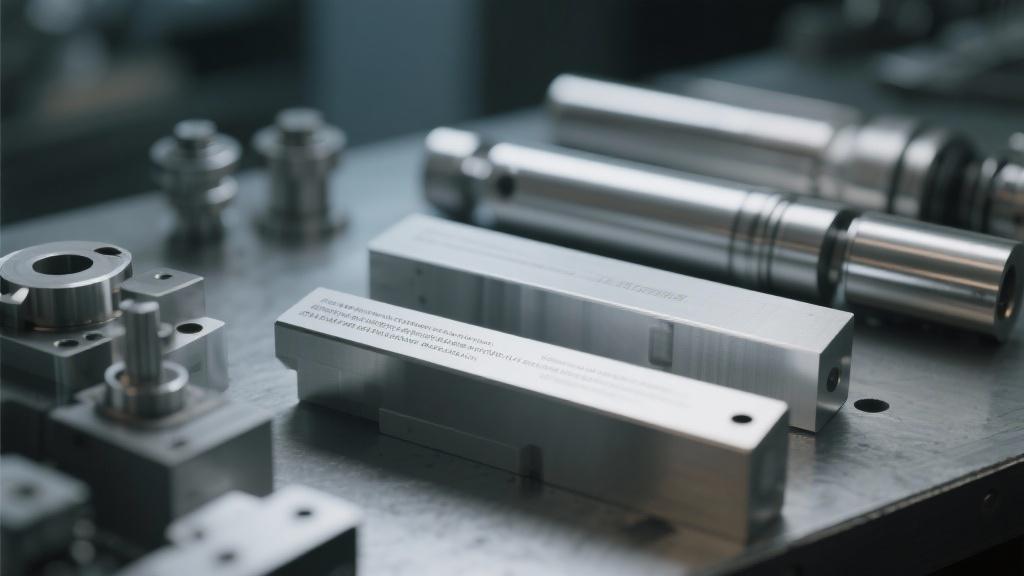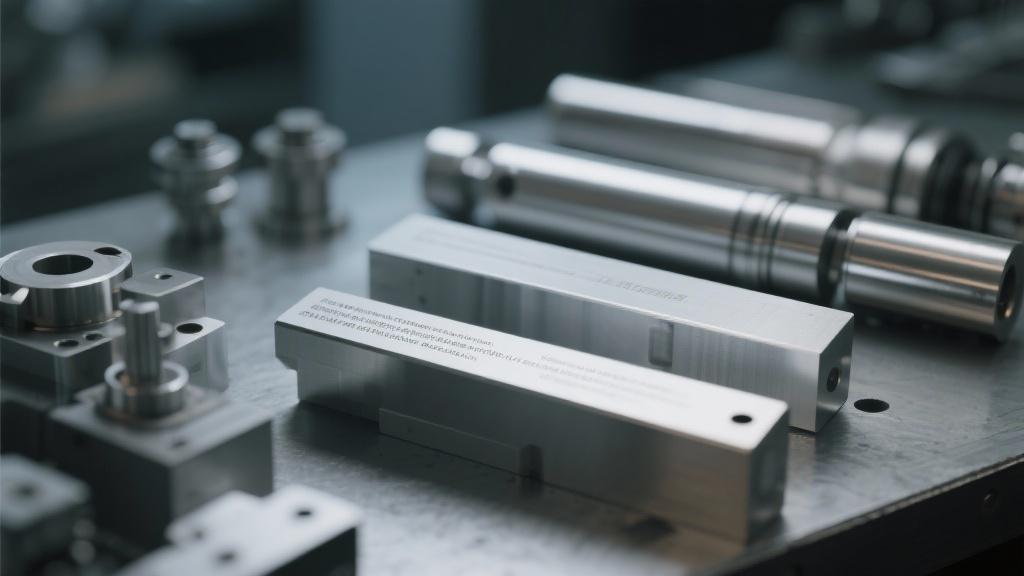When it comes to aluminum machining, the finishing options available can make a significant difference in the final product’s performance and appearance. Let’s break down some common finishing methods you might be interested in.
Question: What are the most popular finishing methods for aluminum machining? Answer: There are several popular finishing methods, each with its unique benefits and applications. Anodizing is one of the most common options, which involves electrochemically creating a thick layer of aluminum oxide on the surface. This not only enhances corrosion resistance but also allows for aesthetic color options. Another method is powder coating, which provides a durable, colorful finish that can withstand harsh environments. Additionally, processes like bead blasting can enhance surface texture, making it ideal for certain applications requiring grip or adhesion.
Question: How do I choose the best finishing option for my project? Answer: Choosing the right finishing option depends on several factors, including the intended use of the part, environmental conditions, and aesthetic preferences. For instance, if your aluminum component will be exposed to moisture or harsh chemicals, anodizing might be the way to go due to its superior corrosion resistance. On the other hand, if you’re focusing on aesthetics and want a colorful finish, powder coating could be a great choice. It’s essential to evaluate the functional and aesthetic requirements of your project to make the best decision.
Question: Are there any industry standards I should be aware of for these finishes? Answer: Yes! Various industries have established standards to ensure quality and durability of finishes used on aluminum. For example, the American Society for Testing and Materials (ASTM) provides guidelines—for instance, the ASTM B622 standard covers the requirements for anodized aluminum. Being aware of these standards can help in ensuring your finished product meets the necessary qualifications for your specific application.
Question: How does the finishing process impact aluminum’s properties? Answer: The finishing process can significantly impact several properties of aluminum components. For instance, anodizing not only improves corrosion resistance but can also increase surface hardness, making the material more scratch-resistant. Powder coating adds a smooth, appealing finish while offering protection against UV rays. Each method alters the aluminum’s physical properties, which can consequently influence performance in specific applications.
Question: What are the costs associated with different finishing options? Answer: The costs of finishing options can vary widely based on the type of finish and the amount of labor involved. Basic treatments like sandblasting might be relatively inexpensive, whereas processes such as anodizing and powder coating usually require more investment in terms of materials and equipment. It’s important to assess your budget while also considering the overall value and longevity the finishing will add to your aluminum parts.
Question: Can I combine different finishing options? Answer: Absolutely! Many manufacturers use combinations of finishing options to achieve the desired results. For example, anodized surfaces can be powder coated for added protection and aesthetics. Combining treatments can enhance both durability and appearance, but make sure to consult with finishing professionals to understand the compatibility of different methods.
In summary, the finishing options available for aluminum machining services are diverse, with each method tailored to specific needs and applications. Understanding these options can help you make informed decisions that not only enhance the visual appeal of your products but also ensure their high performance in various environments.
What are the most popular finishing methods for aluminum machining?
There are several popular finishing methods, each with its unique benefits and applications. Anodizing is one of the most common options, which involves electrochemically creating a thick layer of aluminum oxide on the surface to enhance corrosion resistance and allow for aesthetic color options.
Another method is powder coating, which provides a durable and colorful finish. Additionally, processes like bead blasting can improve surface texture, making it ideal for applications requiring better grip or adhesion.
How do I choose the best finishing option for my project?
Choosing the right finishing option largely depends on the intended use of your aluminum part. If it’s going to be exposed to moisture or harsh chemicals, anodizing might be the best choice due to its corrosion resistance. For aesthetic enhancements, powder coating usually tops the list.
You should evaluate not only your functional needs but also the look you want to achieve, as some finishes can also enhance the part’s strength and longevity.

Are there any industry standards for these finishes that I should know about?
Yes, various industries set standards to ensure the quality and durability of aluminum finishes. For instance, the American Society for Testing and Materials (ASTM) provides important guidelines, such as ASTM B622 for anodized aluminum.
Understanding these standards can help ensure your product meets necessary requirements, especially if it will be used in demanding environments.
How does the finishing process impact aluminum’s properties?
The finishing process greatly influences aluminum’s properties. Anodizing not only protects against corrosion but can also increase surface hardness, making it more scratch-resistant.
On the other hand, powder coating gives a smooth finish while adding protection against UV rays and environmental wear, affecting the longevity of your aluminum components significantly.
Can I combine different finishing options for better results?
Absolutely! Many manufacturers successfully use a combination of finishes to achieve their desired results. For example, you can anodize a surface and then apply powder coating over it for added appeal and durability.
Consulting with professionals in the finishing industry is key to understanding how different methods can work together to enhance functionality and aesthetics of your aluminum parts.

